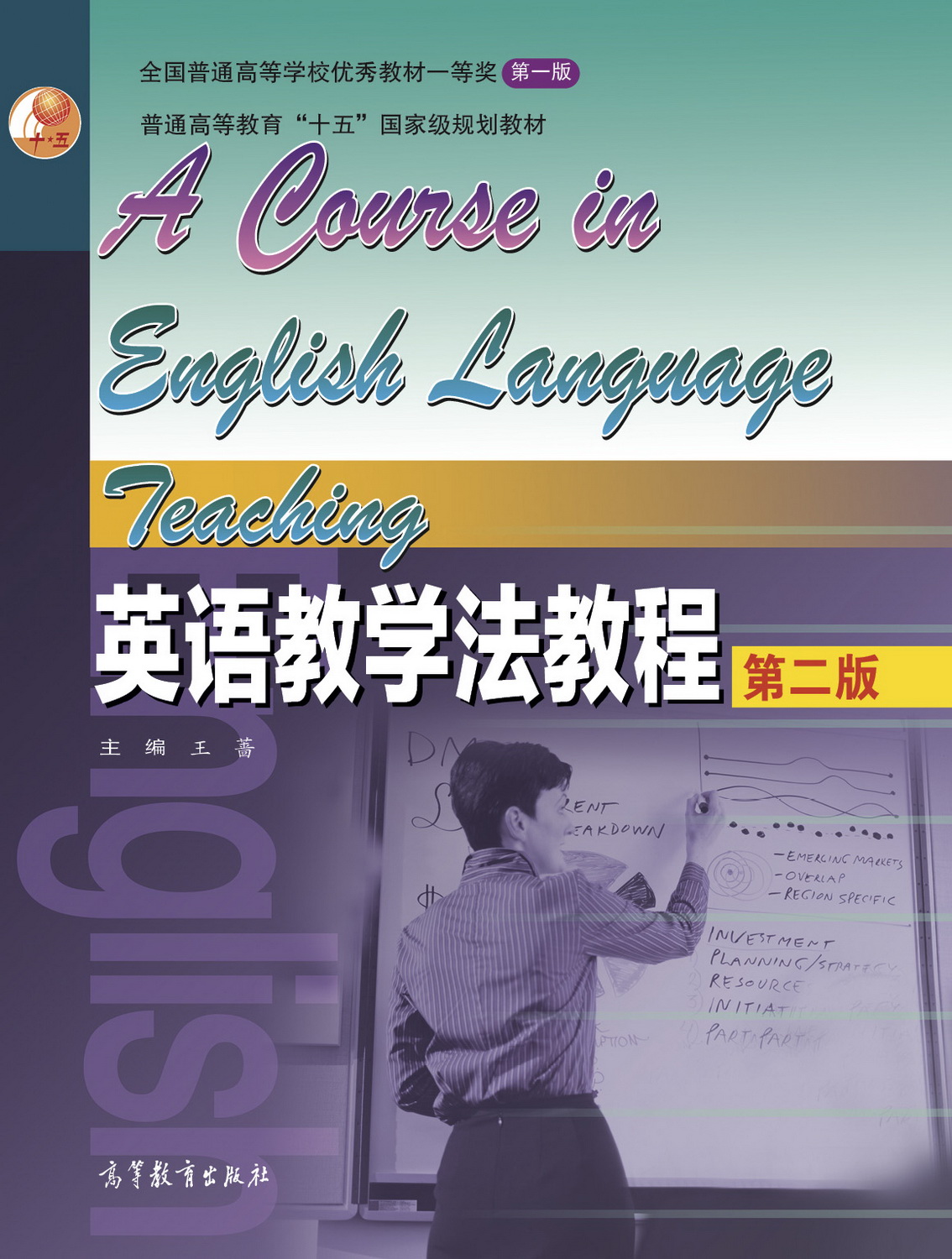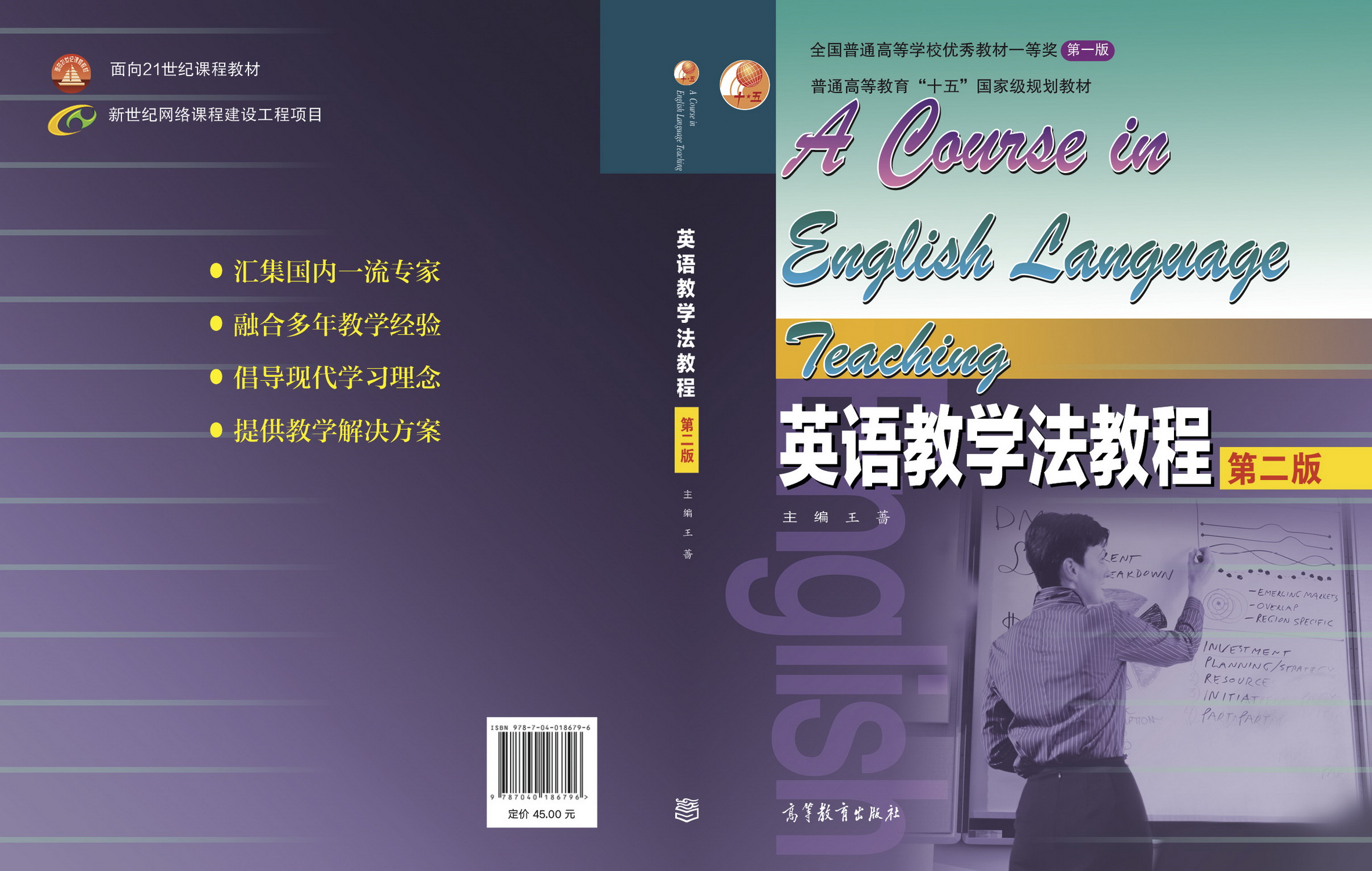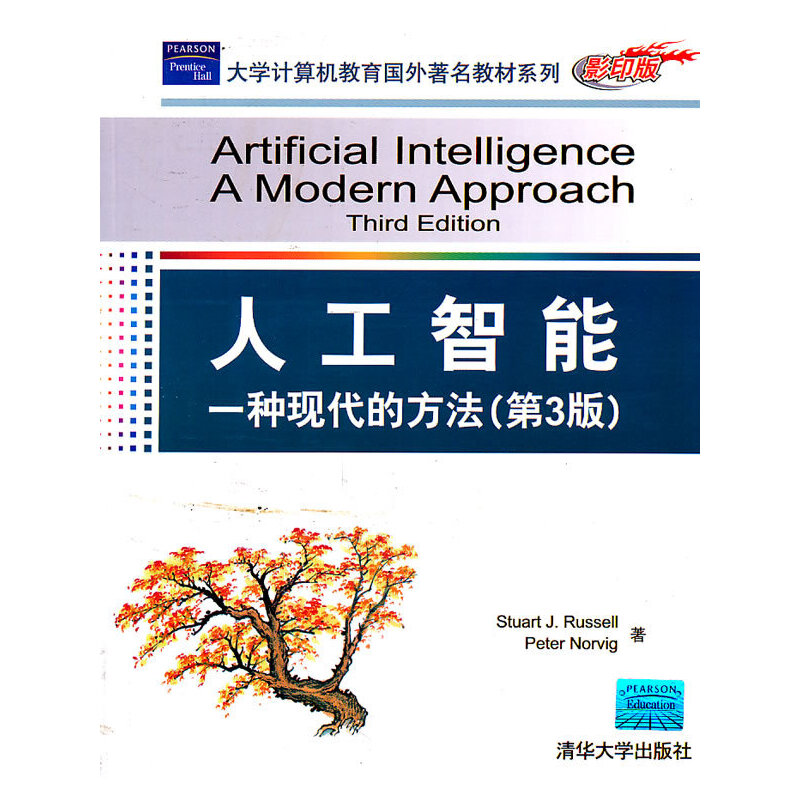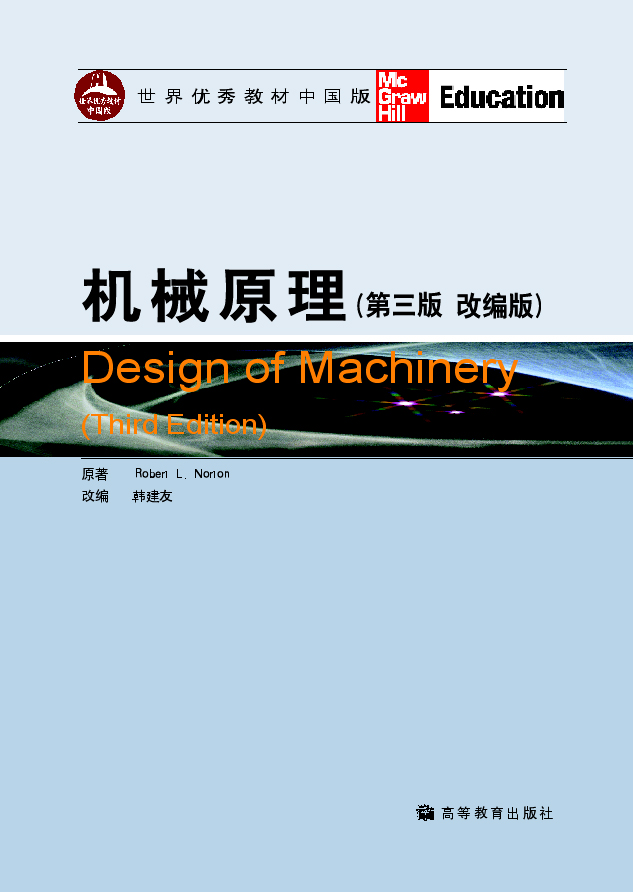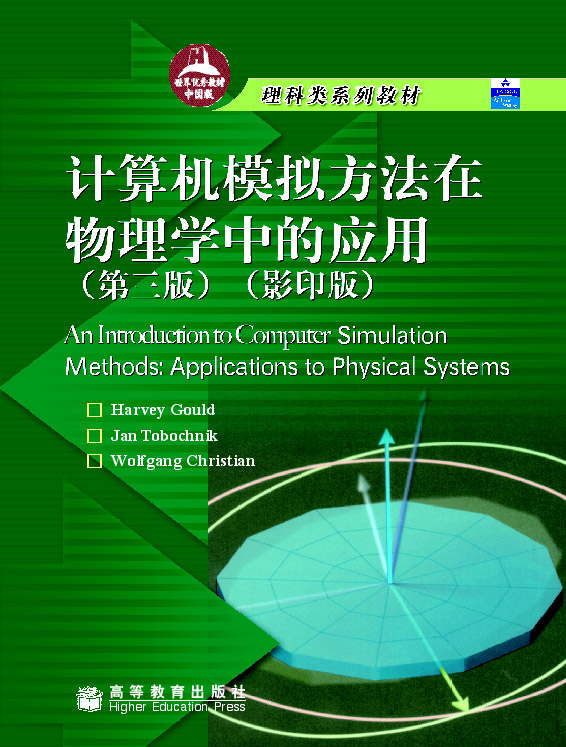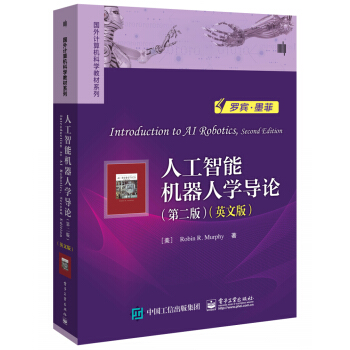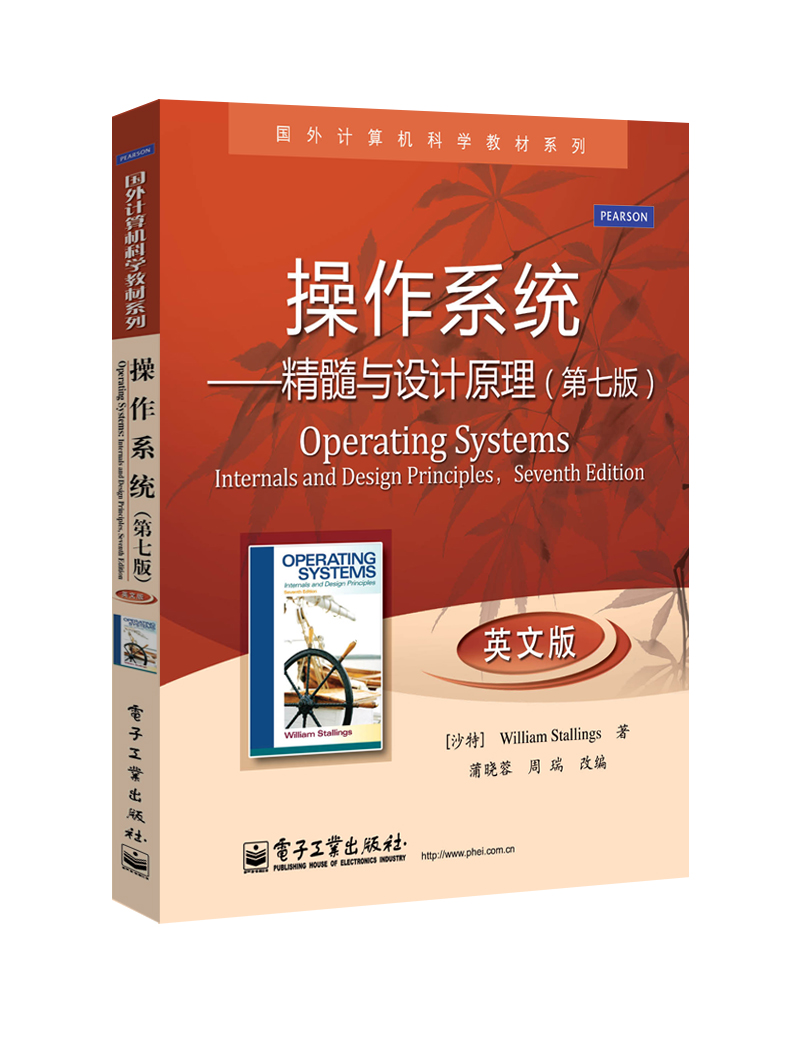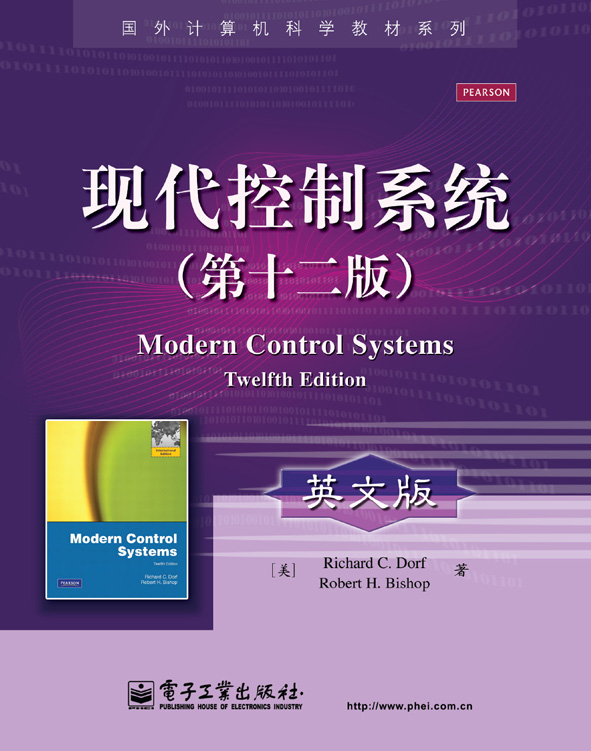英语教学法教程(第二版)
作者: 王蔷
出版时间:2006-07-14
出版社:高等教育出版社
- 高等教育出版社
- 9787040186796
- 2
- 154933
- 0041156798-5
- 平装
- 16开
- 2006-07-14
- 570
- 344
《英语教学法教程(第二版)》适用于师范院校英语专业学生,也可用于中学英语教师的继续教育课程和各类英语教师的在职培训课程。
本书共有18章,分别介绍了英语教学的基本概念、交际教学原则与任务型教学思想、国家英语课程标准、备课与编写教案、课堂管理方法、语言知识的教学方法、听说读写四项技能的教学、综合语言技能的教学、语言教学中的德育教育、教学评价、学习者个体差异与学习策略培养、教育资源与技术的开发利用,以及教材评价与使用。每章均配有大量练习,书后附录有部分参考答案。
前辅文
Unit 1 Language and Language Learning
1.1 How do we learn languages?
1.2 Views on language
1.3 Views on language learning and learning in general
1.4 What makes a good language teacher?
1.5 How can one become a good language teacher?
1.6 An overview of the book
Unit 2 Communicative Principles and Task-based Language Teaching
2.1 Language use in real life vs. traditional pedagogy
2.2 What is communicative competence?
2.3 Implications for teaching and learning
2.4 Principles of Communicative Language Teaching (CLT)
2.5 CLT and the teaching of language skills
2.6 Main features of communicative activities
2.7 Task-based Language Teaching (TBLT)
2.8 PPP and Task-based Language Teaching
2.9 How to design tasks?
2.10 Appropriateness of CLT and TBLT in the Chinese context
2.11 Conclusion
Unit 3 The National English Curriculum
3.1 A brief history of foreign language teaching in China
3.2 Designing principles for the National English Curriculum
3.3 Goals and objectives of English language teaching
3.4 Design of the National English Curriculum
3.5 Performance standards for different levels of competence
3.6 Challenges facing English language teachers
3.7 Conclusion
Unit 4 Lesson Planning
4.1 Why is lesson planning important?
4.2 Principles for good lesson planning
4.3 Macro planning vs. micro planning
4.4 Components of a lesson plan
4.5 Sample lesson plans
4.6 Conclusion
Unit 5 Classroom Management
5.1 The role of the teacher
5.2 Classroom instructions
5.3 Student grouping
5.4 Discipline in the language classroom
5.5 Questioning in the classroom
5.6 Dealing with errors
5.7 Conclusion
Unit 6 Teaching Pronunciation
6.1 The role of pronunciation
6.2 The goal of teaching pronunciation
6.3 Aspects of pronunciation
6.4 Practising sounds
6.5 Practising stress and intonation
6.6 Conclusion
Unit 7 Teaching Grammar
7.1 The role of grammar in language learning
7.2 Grammar presentation
7.3 Grammar practice
7.4 Conclusion
Unit 8 Teaching Vocabulary
8.1 Understanding vocabulary and vocabulary learning
8.2 What does knowing a word involve?
8.3 Ways of presenting vocabulary
8.4 Ways of consolidating vocabulary
8.5 Developing vocabulary learning strategies
8.6 Conclusion
Unit 9 Teaching Listening
9.1 Why does listening seem so difficult?
9.2 What do we listen to in everyday life?
9.3 Characteristics of the listening process
9.4 Principles and models for teaching listening
9.5 Pre-listening activities
9.6 While-listening activities
9.7 Post-listening activities
9.8 Conclusion
Unit 10 Teaching Speaking
10.1 Differences between spoken and written language
10.2 Principles for teaching speaking
10.3 Designing speaking tasks
10.4 Types of speaking tasks
10.5 Organising speaking tasks
10.6 Conclusion
Unit 11 Teaching Reading
11.1 Reflecting on your own reading experiences
11.2 How do we read?
11.3 What do we read?
11.4 Strategies involved in reading comprehension
11.5 The role of vocabulary in reading
11.6 Principles and models for teaching reading
11.7 Pre-reading activities
11.8 While-reading activities
11.9 Post-reading activities
11.10 Conclusion
Unit 12 Teaching Writing
12.1 What, why and how do we write?
12.2 A communicative approach to writing
12.3 Problems in writing tasks
12.4 A process approach to writing
12.5 Motivating students to write
12.6 Designing writing tasks
12.7 Using the Internet to promote process writing
12.8 Conclusion
Unit 13 Integrated Skills
13.1 Why should we integrate the four skills?
13.2 How can we integrate the four skills?
13.3 What are the implications for teaching?
13.4 What are the limitations of integrating the four skills?
13.5 Conclusion
Unit 14 Moral Learning
14.1 Moral learning and English
14.2 Activities for moral learning
14.3 The roles of the teacher
14.4 The roles of the school
14.5 Conclusion
Unit 15 Assessment in Language Teaching
15.1 Understanding assessment
15.2 Assessment purposes
15.3 Methods for assessment
15.4 Criteria for assessment
15.5 Assessment principles
15.6 Tests in assessment
15.7 Conclusion
Unit 16 Learner Differences and Learner Training
16.1 Understanding learner differences
16.2 Learner training in language teaching
16.3 Conclusion
Unit 17 Using and Creating Resources
17.1 What resources are available for teaching?
17.2 Exploring hidden resources
17.3 Conclusion
Unit 18 Evaluating and Adapting Textbooks
18.1 What are textbooks for?
18.2 Why and what?
18.3 Evaluating textbooks
18.4 Selecting textbooks
18.5 Adapting textbooks
18.6 Conclusion
Final Remarks
Appendix 1: Solutions to Tasks
Appendix 2: Reading Texts for Unit 11
Appendix 3: Glossary
References

